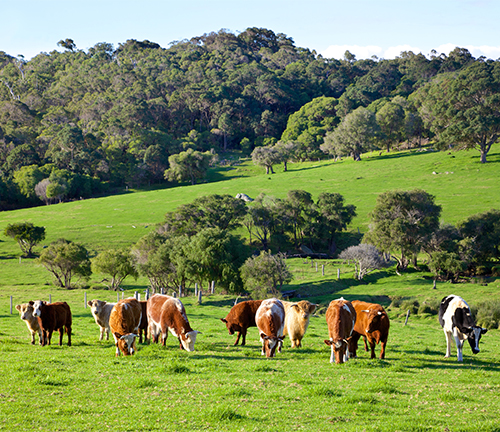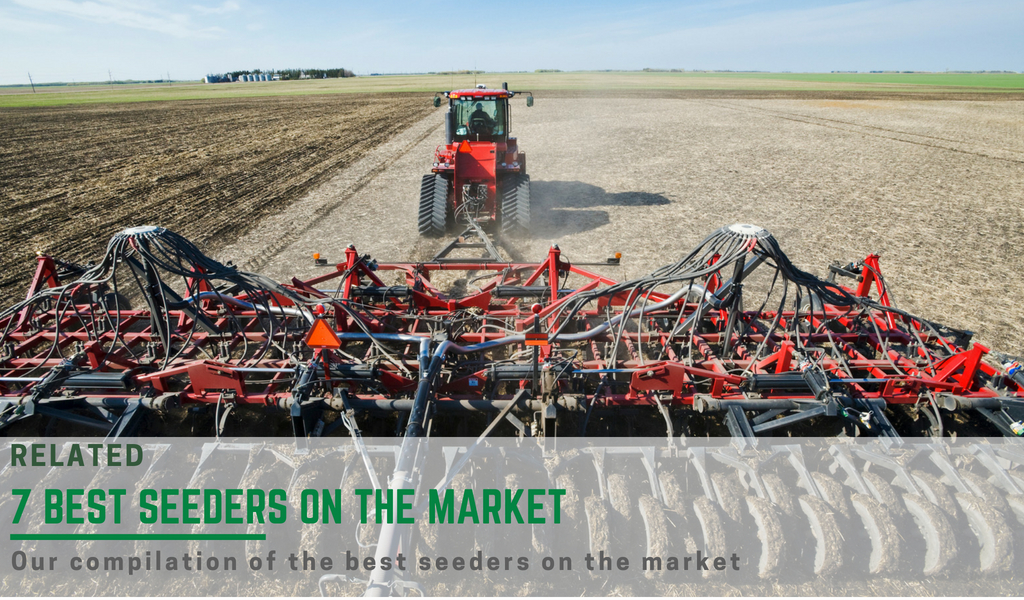There are numerous strategies for managing your beef herd through winter, but which ones actually work and which are myths?
Last night’s Meat & Livestock Australia (MLA) BetterBeef seminar presented livestock farmers with a range of proven methods to help cow herds thrive in cooler months, when disease can easily devastate large swathes of stock.
AgrivetBusiness Consulting representative Dr Graham Lean opened the seminar with a general discussion on the different types of parasites and diseases that can cripple your farm if not addressed quickly and in the proper way.
His recommendations were largely based around knowing your herd and knowing your land, preferably down to a scientific levell:
1. Protect against internal parasites
The cost of treatment is small but the potential for profit loss can be huge. Rapid weight loss is a strong indicator. The risk of cows under two years old developing worms can be quite high so they need to be drenched often.
2. Ensure your herd is getting the right nutrients
There is a higher risk of cows being affected by metabolic diseases following a drought, or in the winter months. These are often caused by a lack of either calcium or magnesium in the blood stream in the animals. Testing your pasture for mineral levels and using feed supplements, based on which nutrients the animal feed is lacking, is vital.
3.Don’t put your herd into lush pastures suddenly
This may cause them to suffer from nitrate poisoning; a common ailment caused by the intake of too much nitrate in the grass. The risk of this in winter is high, and if you put hungry cattle onto a lush pasture, the risk is even higher. There have been a few cases in Victoria already this year. The tried and true method is to feed them plenty of roughage to moderate their nitrate intake and to limit their grazing time.
4. Don’t cull young underweight growing cattle
Young growing cattle that are underweight due to drought will bounce back and catch up if they are given the right care. If you know what you are doing you can actually turn a profit from buying drought affected stock and bringing them up to a normal weight for their age. Giving underweight stock a chance to bounce back is recommended.
5. Control the mineral levels of your pasture
Some pastures are copper deficient, while others lack calcium and so on. But too much copper is not good either. The use of copper fertiliser is very effective. The same goes for Selenium and Cobalt deficiencies on your land. The bottom line is you need to know your pasture mineral levels and act to supplement whatever is lacking in the feed, in order to help your cows put on weight.
 |
|
There is a higher risk of cows being affected by metabolic diseases following a drought.
|
Agriculture Victoria representative Fiona Baker discussed the importance of drawing up an effective and accurate tactical feed budget.
The majority of her suggestions relate to having a good knowledge of your pasture growth rates, and doing your mathematical homework, so that you can estimate the amount of feed required to help your herd gain weight through the winter:
6. Draw up a winter feed budget
Will natural pasture growth be enough to reach the weight gain targets you have for your herd? Obviously pasture growth rates slow during winter. If you don’t know how much feed your pasture produces each day, then you can’t work out if you will have enough feed.
7.Know the daily energy needs of your animals
What is the animal’s energy requirement going to be during the winter months? This all depends on their current weight. A simple online search will provide farmers with basic information on the energy needs of cows of different weights. Once you know this and figure out the energy requirements of your whole herd; then you can figure out if the dry matter per hectare produced on your farm is going to be enough, or if you will need to buy feed — so that your animals will reach the target weight you have set for them by the end of winter.
8. Feed them hay in autumn
Pasture growth rates in autumn are about double those of winter. So for each kilogram of hay fed in autumn compared to that being fed in winter, you should get about double the amount of pasture growth. It can be a good idea to feed your herd hay in autumn, to allow your pasture to grow before the big freeze (and slow pasture growth) sets in.
9. Consider selling some stock
If you think you’re pasture growth will not produce enough feed for your mob, consider reducing your stock numbers by selling some off. Selling a small number of cows can sometimes have a big impact on animal weight-gain rates over winter.
10. Urea can be your best friend
You have a lot of option when it comes to options for filling the feed gap. Some farmers consider applying Urea to their pastures to be too expensive and see feeding hay as a cheaper alternative. But it all comes down to amount of energy the animals are getting from the feed. Although hay seems cheaper at face value, the pasture growth that can be achieved by applying Urea can be considerable; resulting in better weight gain results than you might get from simply supplementing their pasture feed with hay.
MLA provides research for the Australian red meat and livestock industry.



